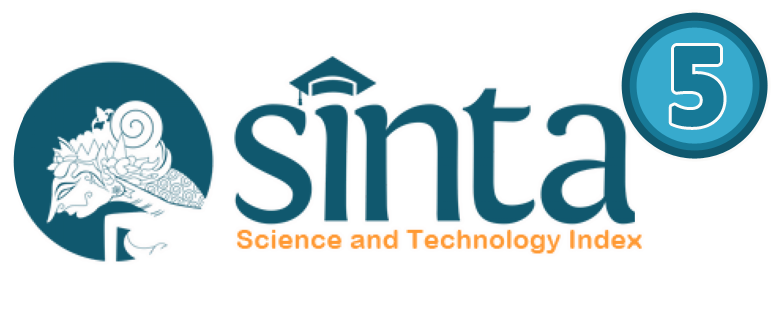Cyber-Bullying in Sophie Mckenzie's "Sweetfreak"
Abstract
This research is about the cyber-bullying in Sophie Mckenzie’s SweetFreak. This research’s objectives are to describe the extrinsic element that are the causes, types and effects of cyber-bullying in the novel. This research used psychological approach in its method and the descriptive qualitative method for its research design. Through the use of the Lifestyle-Routine Activity Theory by Candace et al. (2023) a theory to determine the likelihood of victimization, the researcher found that the cyber-bullying in this novel happened because of three factors: motivated offender, target suitability, absence of guardianship. The motivated offender factor happened because the culprit of the cyber-bullying was driven to do the cyber-bullying, target suitability factor happened because the victim of the cyber-bullying had done something prior that made her suitable to be targeted by the perpetrator, the absence of guardianship happened because no real elders in the novel ever tried to protect or supervised the victim. Then in terms of types of cyber-bullying, the researcher found that there are five types of cyber-bullying that are used in the novel. The types of cyber-bullying are: online harassment, flaming, denigration, photograph & video, fraping. As for the effects, the researcher found there are three kinds of effect from the cyber-bullying, that are displayed by the main character in the novel. They are: academic effect, which disrupts the main character’s school life, the social effect that ruined the main character’s interaction with her peers, and finally the emotional effect that disturbed the psyche of the main character.
Keywords
Full Text:
PDFReferences
Abramson, A. (2022). Cyber-bullying: What is it and how can you stop it? https://www.apa.org/topics/bullying/cyberbullying-online-social-media
Griffith C. E., Tetzlaff-Bemiller M., Hunter, L. Y., (2023) Understanding the cyber-victimization of young people: A test of routine activities theory, Telematics and Informatics Reports, Volume 9, 100042, ISSN 2772-5030, https://doi.org/10.1016/j.teler.2023.100042.
Menin, D., Guarini, A., Mameli C., Skrzypiec G., Brighi A. (2021). Was that (cyber)bullying? Investigating the operational definitions of bullying and cyberbullying from adolescents’ perspective. International Journal of Clinical and Health Psychology, Vol. 21, Issue 2, February, 100221, ISSN 1697-2600, https://doi.org/10.1016/j.ijchp.2021.100221.
Elliot, Robert K., Timulak L. (2021) Essentials of Descriptive-Interpretive Qualitative Research - A Generic Approach. APA Publication
Espelage, D. L., Rao, M. A., & Craven, R. G. (2013) Theories of cyberbullying. In S. Bauman, D. Cross, & J. Walker (Eds.), Principles of cyberbullying research: Definitions, measures, and methodology (pp. 49–67). Routledge/Taylor & Francis Group.
Hinduja, S., & Patchin, J. W. (2008). Cyberbullying: An exploratory analysis of factors related to offending and victimization. Deviant Behavior, 29, 129–156. doi:10.1080/01639620701457816
Mckenzie, S. 2017. Sweetfreak. London: Simon & Schuster UK Ltd.
Peled, Y. (2019). Cyberbullying and its influence on academic, social, and emotional development of undergraduate students. Heliyon. 5(3): e01393. doi: 10.1016/j.heliyon.2019.e01393. PMID: 30963126; PMCID: PMC6434491.
Sandbæk, L. (2021) The relationship between literature and psychoanalysis: reflections on object relations theory, researcher's subjectivity, and transference in psychoanalytic literary criticism, The Scandinavian Psychoanalytic Review, 44:1-2, 27-37, DOI: 10.1080/01062301.2022.2047490
Smith P.K., Mahdavi J., Carvalho M., Fisher S., Russell S., Tippett N. (2008)
Cyberbullying: its nature and impact in secondary school pupils. J Child Psychol Psychiatry. (4):376-85. doi: 10.1111/j.1469-7610.2007.01846.x. PMID: 18363945.
DOI: https://doi.org/10.36269/sigeh.v4i2.2638
Refbacks
- There are currently no refbacks.

This work is licensed under a Creative Commons Attribution-ShareAlike 4.0 International License.
ISSN ONLINE: 2775-8834




1.png)










